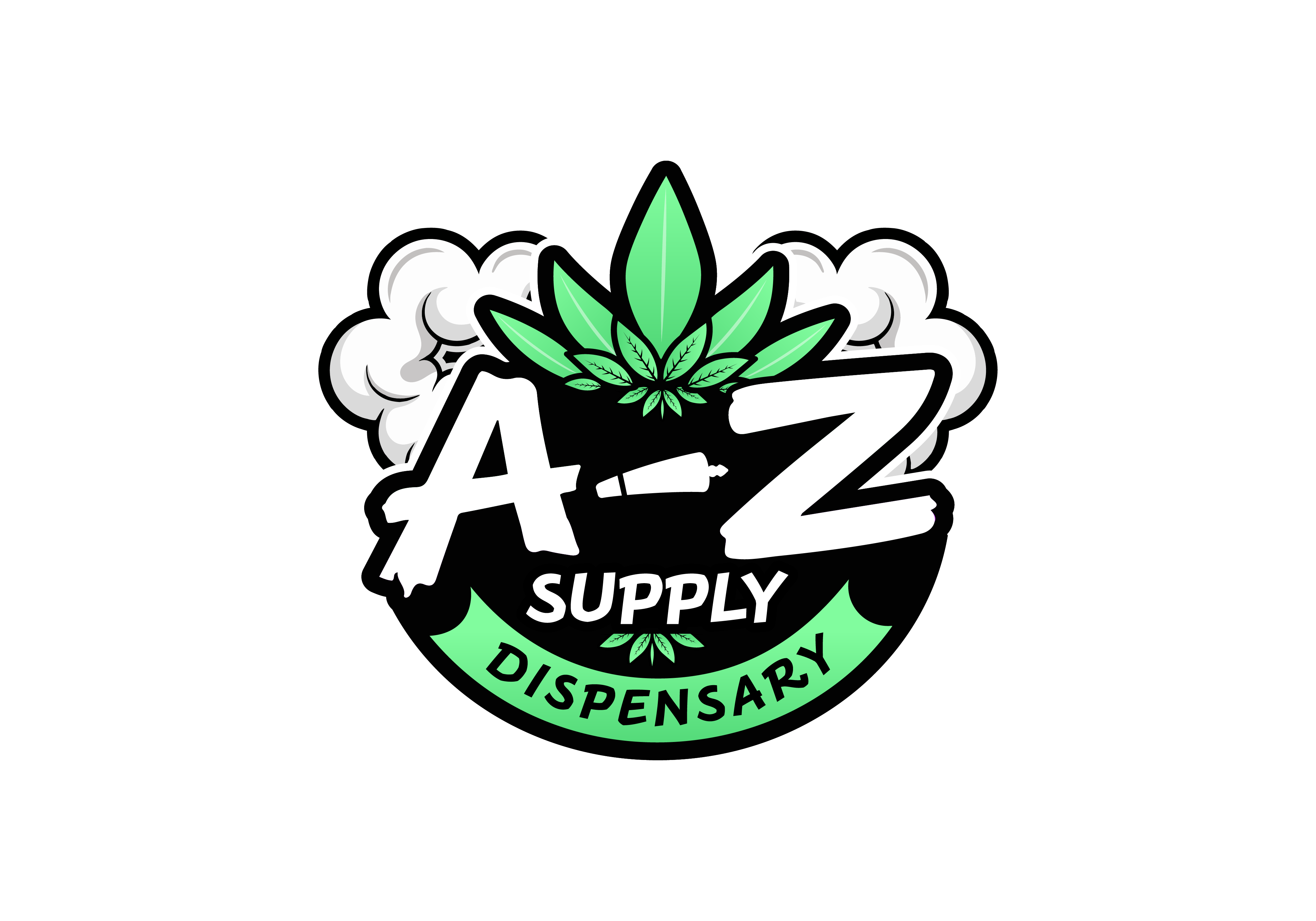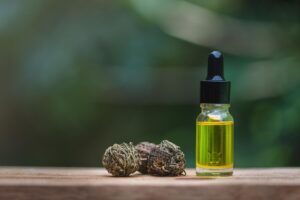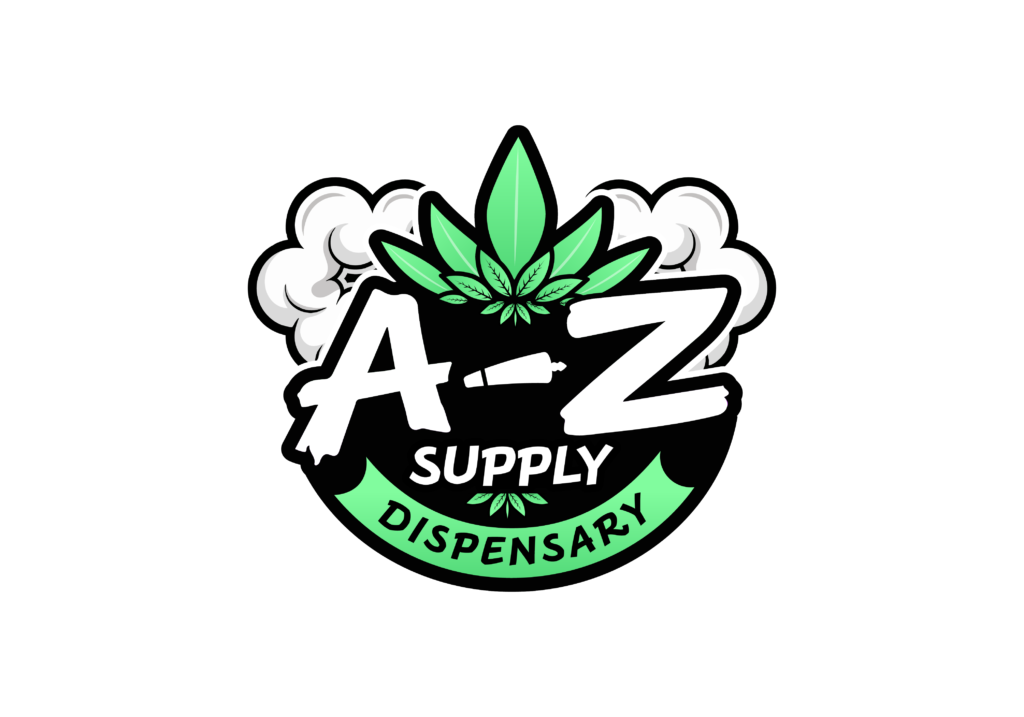When you’re choosing cannabis products, understanding what’s really in them matters just as much as how they make you feel. That’s where third-party lab testing comes in. These reports are like quality checklists, breaking down key details about what’s in your flower, vape, edible, or concentrate. Knowing how to read and trust a lab report means you’re not just guessing what you’re using—you’re making an informed choice that supports your experience and your health.
For those shopping through a medical dispensary in Bloomfield, lab reports are especially important. They help you decide what’s right for your needs and make sure everything’s tested for safety. Whether you’re trying cannabis for the first time or already know what works for you, having a little know-how about lab reports can go a long way. Let’s look at what these documents actually cover and how they help you pick the right product.
Key Elements Of A Third-Party Lab Testing Report
A clean, detailed lab report tells you whether a cannabis product is safe, effective, and matches what’s advertised. When working through one of these reports, there are a few sections that stand out right away—and each one plays its own role in helping you decide if a product is worth your time.
Here’s what you should pay attention to:
– Cannabinoid Profile: This section shows the amounts of different cannabinoids in the product. You’ll usually see THC and CBD listed, but there might be others like CBN, CBG, and CBC. These compounds all contribute differently to how a product affects you, so it’s worth knowing more than just the THC count.
– Terpene Profile: Terpenes are natural oils that give cannabis its scent and flavor. But they’re about more than aroma. Terpenes also affect how a product feels. For instance, linalool tends to be calming, while limonene may feel more uplifting.
– Contaminant and Purity Testing: This part of the report shows whether a product is free of things you don’t want to be inhaling or eating. Look for test results on mold, mildew, pesticides, solvents, and heavy metals. A “pass” here means it’s been cleared for safe use.
Understanding this trio of profiles helps you avoid surprises and pick something that actually fits your needs. For example, someone looking for relaxation might look for a product with a moderate THC level, high CBD, and calming terpenes like myrcene. Having the terpene and cannabinoid breakdown makes that decision easier and more accurate.
How To Read And Understand Cannabinoid Profiles
Cannabinoid profiles are one of the first things to look at when reviewing a lab test. They show how much THC, CBD, and other cannabinoids are found in the product. These numbers basically describe how the product might make you feel. THC is known for its stronger psychoactive effects, while CBD plays more of a role in body relaxation and calming the mind.
When picking a product for medical use, balance matters. Look beyond the total THC or CBD percentage. A product with a measured mix like a 1:1 CBD to THC ratio might help ease discomfort without feeling overwhelming. Some people find that less THC and more CBD works better for things like daytime relief or staying focused.
Here’s a quick breakdown of cannabinoids you might see listed:
1. THC (Delta-9 Tetrahydrocannabinol): Produces a high feeling; sometimes helps with pain and sleep.
2. CBD (Cannabidiol): Non-intoxicating; often used to reduce stress, inflammation, or physical discomfort.
3. CBN (Cannabinol): Formed as THC ages; may add to sedating effects.
4. CBG (Cannabigerol): Sometimes known for mood support or stomach relief.
5. CBC (Cannabichromene): Still being studied but may work with other cannabinoids to boost effects.
If you’re visiting a medical dispensary in Bloomfield, take a look at the type of product you’re considering. Edibles, tinctures, and vape cartridges might each feature a different profile. Knowing how each cannabinoid plays a role helps guide expectations, especially if you want consistent results.
Significance Of Terpenes In Cannabis
While cannabinoids often get most of the attention, terpenes are just as important. They’re naturally found in the cannabis plant and give each strain its scent and flavor. But they also do more than smell good. They contribute directly to the experience.
Terpenes work alongside cannabinoids to influence how a product makes you feel. Some terpenes may add energy or focus, while others help you wind down. They won’t get you high, but they help shape the overall effect.
Some terpenes worth paying attention to in medical cannabis include:
– Myrcene: Found in earthy strains. Often feels calming or relaxing.
– Limonene: Has a citrus-like scent. May provide a sense of alertness or lighter mood.
– Linalool: Floral and herbal tones. Often used for its soothing properties.
– Caryophyllene: Peppery and spicy. Known for potential inflammation support.
– Pinene: As the name suggests, pine-like. May support breathing and mental clarity.
Let’s say you find flower with THC and CBD levels that sound like a fit. If you also see high levels of myrcene and linalool, your pick might work better for evening use. On the other hand, those looking for daytime use may check for limonene or pinene. Learning what you prefer becomes easier over time once you know what each terpene does.
Ensuring Safety Through Contaminant Testing
One of the biggest reasons lab reports matter is that they tell you a product is safe to consume. Contaminant testing checks for anything that could harm you, like leftover solvents, mold, pesticides, or heavy metals from soil or equipment. If you’re buying cannabis with health in mind, this is something you shouldn’t skip.
Not every product passes every test, and the best reports make this clear. Look for a pass or green light on contaminants. Some reports might break it down further and show the exact parts per million (ppm) or parts per billion (ppb). Unless you’re trained to read those measurements, your focus can be on checking that all items say non-detectable or are marked safe.
Contaminants checked in standard cannabis lab reports include:
1. Pesticides: Used during cultivation but must be removed before use.
2. Heavy Metals: Can come from soil or old equipment like lead or arsenic.
3. Microbials: Mold, yeast, and bacteria that can grow on flower.
4. Residual Solvents: Leftover chemicals from extraction processes.
5. Mycotoxins and Other Toxins: Harmful byproducts from mold or fungus.
If a lab report skips this part or it’s hard to read, that can be a sign to ask questions or reconsider the product. For anyone shopping at a medical dispensary in Bloomfield, peace of mind and product safety should go hand in hand.
Making Informed Choices With A-Z Supply
When you learn how to read a third-party lab test, you’re in control. These reports break down what’s inside your cannabis and how clean and safe it really is. Whether you’re looking into cannabinoid ratios for specific benefits, terpene effects that match your mood, or testing data that clears a product of contaminants, it gives you the info you need to choose smart.
It can feel overwhelming at first, but with a little practice, picking products based on lab results becomes second nature. Over time, you’ll know exactly what works for you and what to avoid. It’s especially helpful in medical situations, where the right mix can make a real difference in how you feel, recover, focus, or unwind.
Third-party lab reports aren’t just for experts. They’re helpful tools for everyday users who care about how cannabis fits into their health and lifestyle. And once you get used to reading them, shopping smart becomes easier every time.
If you’re ready to experience the benefits of informed cannabis choices, explore our medical dispensary in Bloomfield for lab-tested products that meet your needs. A-Z Supply is here to help you make the best choices for your cannabis journey. Whether you’re seeking relaxation or focus, start by checking out our selection today.







